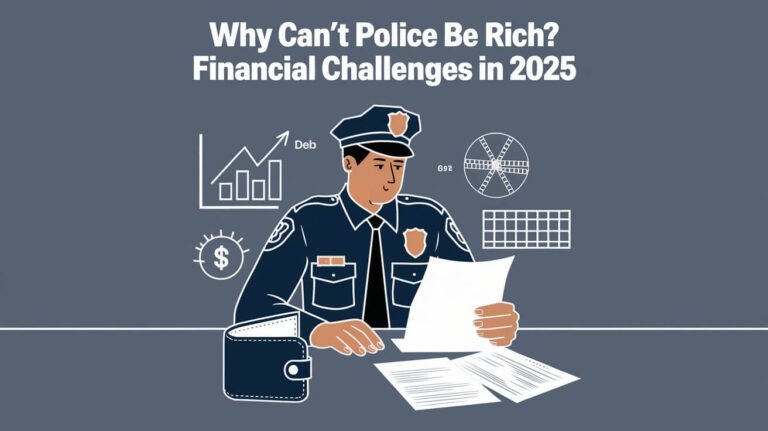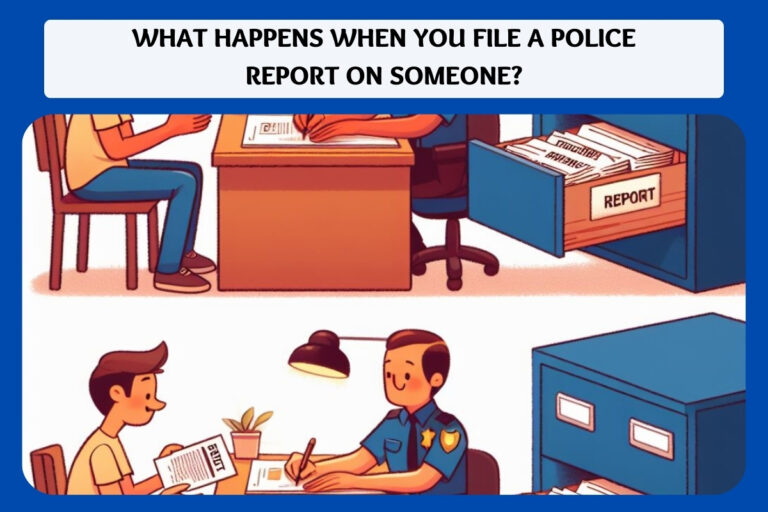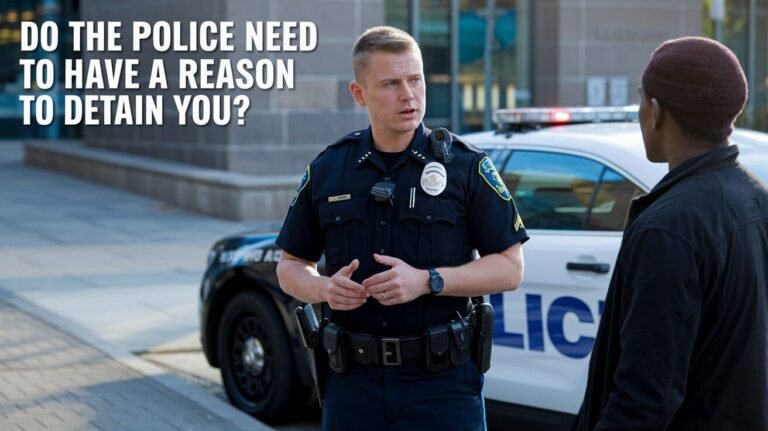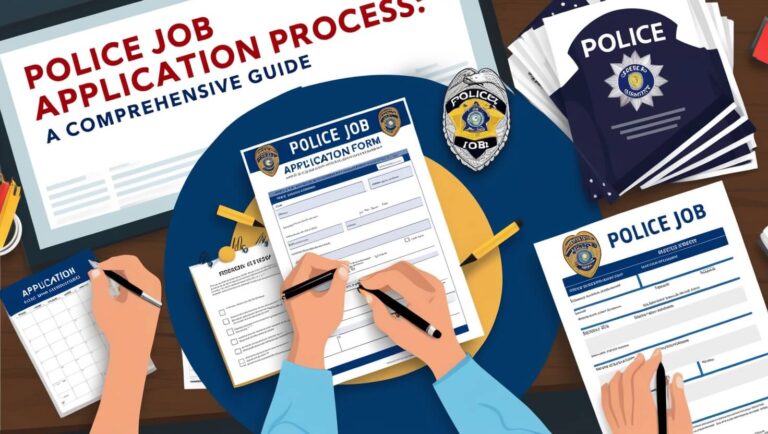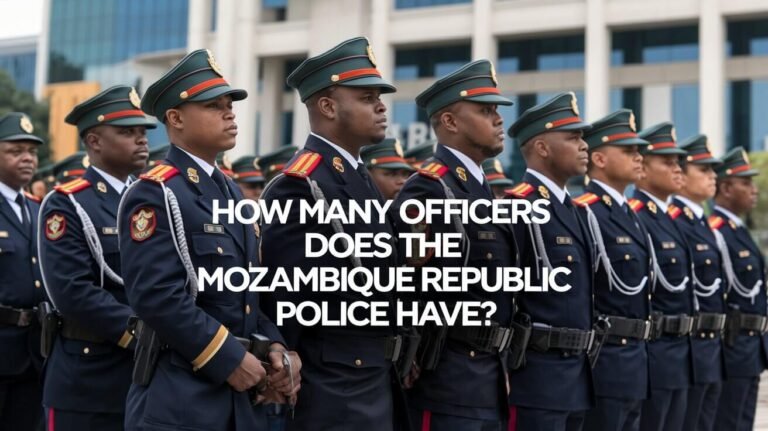How Many Police Officers In Irelnad: 2025 Statistics
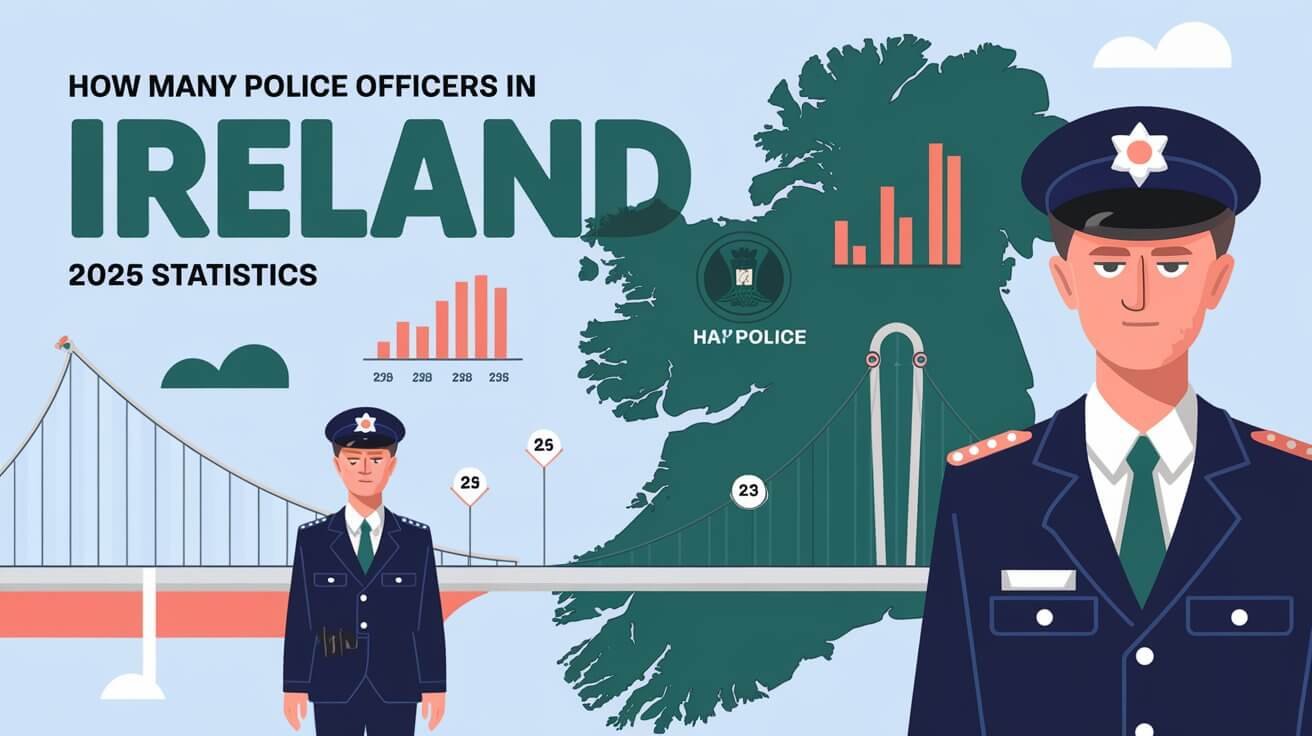
The Irish police force, known as the Garda Síochána, is key to keeping Ireland safe. It has a long history of working closely with the community. The Garda Síochána handles all civil policing in the country.
There are over 17,500 members in the Garda Síochána. This includes Gardaí, staff, and reserves. This shows Ireland’s strong commitment to public safety.
Number of police in Ireland is vital for the country’s safety. It ensures communities get the policing they need. Let’s explore how the Irish police force impacts safety and security in Ireland.
Current Police Force Numbers in Ireland
The Garda Síochána is Ireland’s national police force. As of 2022, it had 14,695 active officers. This means there were 293 officers for every 100,000 people. This number is lower than some countries like Croatia and Greece.
Police force has active officers, administrative staff, and reserve members. Active officers keep the peace. Administrative staff handle support tasks. Reserve members help full-time officers with part-time duties.
Active Duty Officers Statistics
The number of active officers in the Garda Síochána has stayed steady. But, Ireland has fewer officers per person than some countries. For example, the U.S. had 242 officers for every 100,000 people in 2019.
Administrative Staff Numbers
Administrative staff are key to the Garda Síochána. They handle human resources, finance, and communications. Their numbers have grown to meet the police’s increasing needs.
Reserve Force Components
The reserve force is a vital part of the Garda Síochána. They support full-time officers and help keep the community safe. Reserve officers are trained for patrol and community policing duties.
| Country | Police Officers per 100,000 Population |
|---|---|
| Ireland | 293 |
| United States | 242 |
| Croatia | 514 |
| Greece | 507 |
Regional Distribution of Irish Police Officers
The police in Ireland are spread out to help communities. The country is split into 4 regions, each led by an Assistant Commissioner. This way, every community gets the police support it needs.
The Garda Síochána has 569 Garda Stations across Ireland. Each region has many police officers and staff. Here’s how many police officers are in each region:
- Dublin Metropolitan Region (DMR) has a total of 3,787 police officers
- Divisions other than DMR have 8,093 police officers
- Specialist units have 2,061 police officers
Police in Ireland also have many resources. They have watercraft, aircraft, vehicles, and equipment. This regional approach helps keep communities safe and addresses their specific needs.
| Region | Number of Police Officers | Number of Garda Stations |
|---|---|---|
| Dublin Metropolitan Region (DMR) | 3,787 | 34 |
| Divisions other than DMR | 8,093 | 123 |
| Specialist units | 2,061 | 12 |
Police Force Demographics and Diversity
Diversity in policing is key. It helps the police understand and serve the community well. In Ireland, having a diverse police force is vital for building trust and good relationships with the public.
Recent stats show that 69.57% of police officers are men, and 30.43% are women. There are also 0.47% male and 0.11% female ethnic minority officers. Only 0.58% of officers come from an ethnic minority background. These numbers show the need for more diversity in the Irish police to better serve the community.
Demographic Breakdown
- Gender distribution: 69.57% male, 30.43% female
- Ethnic minority representation: 0.47% males, 0.11% females
- Ethnic diversity distribution: 0.58% of officers from an ethnic minority background
It’s important to work on increasing diversity in the police. This will help in community policing and make sure the force represents the people it serves. By focusing on diversity and addressing the current gaps, the police can become more inclusive and effective.
| Category | Percentage |
|---|---|
| Male officers | 69.57% |
| Female officers | 30.43% |
| Ethnic minority officers | 0.58% |
Garda Training System
The Garda training system is key in preparing officers for their duties. The Foundation Training Programme at the Garda College offers a Bachelor of Arts Degree in Applied Policing. This degree, from the University of Limerick, takes about two years to finish. It’s designed to give police officers the skills and knowledge they need.
During Garda training, trainees go through three phases of the BA in Applied Policing programme. They become members of An Garda Síochána after completing these phases. The whole Foundation Training Programme lasts about two years and eight months, sometimes longer.
Irish police training programme checks if trainees follow ethical standards and values. It looks at their conduct and behavior. The programme covers important topics like legislation, community policing, and self-defense.
- Legislation and Garda policy
- Community policing and police craft
- Self-defense and physical training
- Irish language and cultural awareness
Garda College offers career FAQs and supports trainees during their training. The programme focuses on Garda training and Irish police training. It aims to create well-rounded, effective police officers who serve with integrity and professionalism.
| Training Programme | Duration | Description |
|---|---|---|
| Foundation Training Programme | 2 years and 8 months | Bachelor of Arts Degree in Applied Policing |
| Specialist Interviewer Training | 2 years | Intensive training for recording interviews with vulnerable witnesses |
| Detective Garda Training Programme | 9 months | On-the-job application period after a 2-week frontloading period |
Specialized Units and Their Personnel
The Irish police force has many specialized units. Each unit plays a key role in addressing different policing needs. They are vital for law enforcement and handle tasks like emergency responses and investigations.
Units like armed response teams, detective branches, and traffic corps are key to public safety. The Garda Síochána, Ireland’s national police, has units like the Special Detective Unit. This unit deals with counter-terrorism and counter-espionage.
Specialized Units
- Armed Response Units: provide emergency response services and handle high-risk situations
- Detective Branches: conduct investigations into serious crimes, such as homicide and organized crime
- Traffic Corps: enforce traffic laws and regulations, and manage traffic flow
Irish police units, including the Garda Síochána and specialized units, work together. They provide effective policing services to the community. The people in these units are trained for many situations. Their work is key to keeping everyone safe.
Budget Allocation and Officer Distribution
The police budget in Ireland and how officers are distributed are key to good policing. It’s important that officers get paid well and have the right tools for their jobs. The budget covers salaries and equipment for officers.
Looking at other countries shows the challenges and chances in managing police resources. For example, the Police Service of Northern Ireland saw its budget drop by 20% from 2010-11 to 2019-20. This cut of about £200 million affected the number of police officers and staff.
Salary Structures
Salaries are a big part of the police budget in Ireland. On average, a police officer makes about €50,000 a year. But, salaries can change based on experience and rank.
Equipment Resources
Having the right equipment is also key for policing. The budget covers things like cars, communication tools, and protective gear. Here’s a look at some of the main equipment and their costs:
| Equipment | Cost |
|---|---|
| Vehicles | €50,000 – €100,000 |
| Communication Devices | €5,000 – €10,000 |
| Protective Gear | €1,000 – €5,000 |
Police budget in Ireland and how officers are distributed are vital for good policing. Making sure officers are paid well and have the right tools is key to keeping everyone safe.
Historical Growth of Ireland’s Police Force
The history of Irish police is rich and complex. It has seen many changes over the years. The Civic Guard started in 1922, and later, An Garda Síochána was formed.
Some key milestones in the history of Irish police include:
- 1922: The Civic Guard was formed on February 22, 1922, marking the beginning of a new era in Irish law enforcement.
- 1925: The Dublin Metropolitan Police was merged with the Garda Síochána in April 1925, expanding the force.
- 1990: The Irish police force had 10,911 male officers and 638 female officers. The highest rank a woman could achieve was Superintendent.
Growth of the police force has been matched by changes in crime rates. The lowest crime rates are in rural areas like Mayo, Clare, and Roscommon/Galway East. The highest rates are in cities like Cork East and Dublin Metropolitan. Knowing the history of Irish police helps us understand today’s challenges and structure.
Police-to-Population Ratio Analysis
The police-to-population ratio shows how well a place is policed. In Ireland, this ratio helps us see how police are spread out. England and Wales have 228 officers per 100,000 people. Scotland has 316, and other European countries have even more.
Looking at urban and rural areas shows different problems. Cities need more police because of more people and crime. But, rural areas struggle to have enough police because of fewer resources and big areas to cover.
Urban Areas Coverage
In Ireland’s cities, there are more police officers. They work hard to keep people safe and fight crime. But, there’s always a chance to do better, mainly in places with lots of crime.
Rural Policing Statistics
Rural areas face big challenges with police numbers. They have fewer officers, making it hard to keep everyone safe. Irish stats show we need to invest more in rural policing to help communities.
| Country | Police Officers per 100,000 People |
|---|---|
| England and Wales | 228 |
| Scotland | 316 |
| France | 332 |
| Germany | 298 |
Looking at the police-to-population ratio shows we need a balanced approach. We must consider the needs of both cities and rural areas.
International Comparisons of Police Numbers
Looking at police numbers around the world, we see big differences. In the EU, there were 341 police officers for every 100,000 people on average from 2020 to 2022. Ireland had 263 officers per 100,000 people by January 2024. This puts Ireland in the middle when compared to other countries.
Examining police numbers globally shows some interesting trends. The United Nations found a median of 300 police officers per 100,000 people in 2006. This number stayed the same from 2002 to 2006, after rising from 1995 to 2002. In 2022, 19.6% of EU police officers were women, with Latvia leading at 43.4%.
| Country | Police Officers per 100,000 Population | Year |
|---|---|---|
| Ireland | 263 | 2024 |
| EU Average | 341 | 2020-2022 |
| Latvia | 443 | 2022 |
| Portugal | 209 | 2022 |
These comparisons give us important insights into how police are managed worldwide. By looking at police numbers globally, we can see what works and what doesn’t. This helps us find ways to improve policing everywhere.
Final Summary
Ireland’s police force, An Garda Síochána, plays a key role in keeping the country safe. It focuses on the community, has specialized units, and has a rich history. This helps it meet the needs of the Irish people.
The force’s structure, demographics, and role in the world show its challenges and chances. It shows how it serves Ireland well.
The data shows Ireland’s police officers are dedicated and professional. They work hard to keep the law and protect people. As Ireland changes, the police must too, using new tech and building stronger ties with the community.
Understanding the Irish police force and its role in Ireland helps us see its importance. It’s a key part of Irish society.
Frequent Questions
How many police officers are there in Ireland?
Ireland has over 17,500 members in the Garda Síochána. This includes active duty officers, staff, and reserves. It shows a strong police presence across the country.
What is the structure and organization of the Irish police force?
The Garda Síochána handles all territorial civil policing in Ireland. It works closely with communities, following a long tradition. The force is divided into regions, divisions, and districts for effective community policing.
What are the demographics and diversity within the Irish police force?
The Garda Síochána aims for a diverse police force that mirrors the community. It focuses on gender, age, and cultural diversity. This helps in better serving Ireland’s multicultural society.
How are police officers in Ireland trained?
The Garda training prepares officers with the skills needed for their duties. The exact curriculum is not detailed, but training is key for effective policing.
What are the specialized units within the Irish police force?
Ireland’s police has specialized units like armed response, detectives, and traffic corps. Each unit plays a critical role in various policing needs, from emergencies to traffic management.
How is the police budget allocated and officers distributed in Ireland?
The police budget and officer distribution are vital for effective policing. Salary and equipment are key to ensure officers can perform their duties well.
What is the history of the Irish police force?
The Irish police force evolved from the Royal Irish Constabulary to the Garda Síochána. Its history gives context to the current structure and challenges.
How does Ireland’s police-to-population ratio compare to other countries?
The police-to-population ratio shows if policing resources are adequate. Comparing Ireland to other countries highlights the challenges of urban and rural policing.
How does the number of police officers in Ireland compare to other countries?
Looking at international police numbers puts Ireland’s force in a global perspective. It helps understand the strengths and weaknesses of Ireland’s policing approach.

